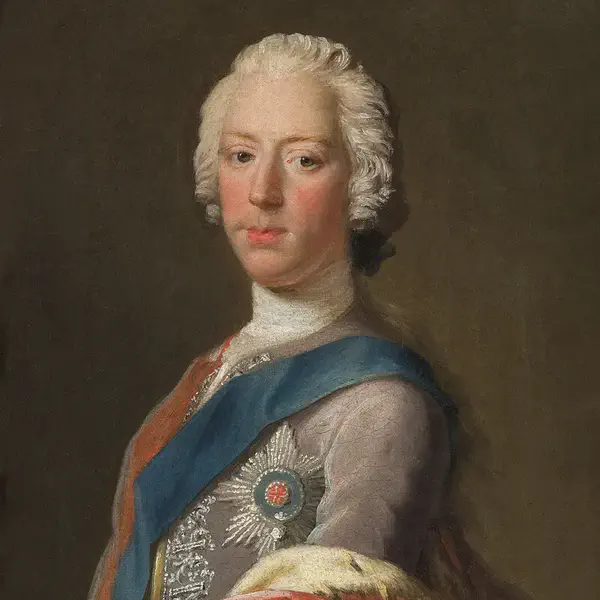
Charles Edward Stuart Lands at Borradale, Scotland
August 05, 1745
Charles Edward Stuart, also known as “Bonnie Prince Charlie” or “The Young Pretender,” landed at Borradale on the west coast of Scotland on July 23, 1745. This event marked the beginning of the Jacobite Rising of 1745, a significant attempt by the Stuart family to reclaim the British throne from the House of Hanover.
Background
- The Stuart Claim to the Throne: The Stuart family had been deposed from the British throne during the Glorious Revolution of 1688, when James II of England and VII of Scotland, a Catholic, was overthrown and replaced by the Protestant William III and Mary II. The Jacobites, supporters of the Stuarts, sought to restore James II and his descendants to the throne.
- Charles Edward Stuart: Charles was the grandson of James II and the son of James Francis Edward Stuart, known as the “Old Pretender.” He was born and raised in exile in Italy but was determined to restore his family’s claim to the British throne.
The Landing at Borradale
- Preparations for the Rising: Charles Edward Stuart had been preparing for an invasion of Britain with the support of some of his followers in France and other European countries. Despite limited resources and backing, he was determined to lead a rising in Scotland to rally support for the Jacobite cause.
- Landing at Borradale: On July 23, 1745, Charles landed at Borradale, near Glenfinnan, on the west coast of Scotland, with a small group of supporters. He had traveled from France aboard a ship named the Doutelle, accompanied by another ship, the Elisabeth, which carried arms and supplies. The Elisabeth was damaged in a skirmish with a British warship, but Charles’s determination remained unshaken.
The Jacobite Rising of 1745
- Raising the Standard at Glenfinnan: On August 19, 1745, after gathering support from local clans, Charles raised the Jacobite standard at Glenfinnan, signaling the official start of the rising. This act rallied many Highland clans to his cause, though not all were enthusiastic or supportive.
- March South: The Jacobite army, initially consisting of Highlanders, grew in strength as it marched south through Scotland. They achieved significant early victories, including the capture of Edinburgh and the Battle of Prestonpans in September 1745, where they defeated government forces.
- Advancing into England: Encouraged by these successes, Charles and his army crossed into England, reaching as far south as Derby by December 1745. However, the Jacobites faced difficulties in securing widespread support in England, and concerns about being cut off by government forces led to their retreat back to Scotland.
Defeat and Aftermath
- Battle of Culloden: The rising culminated in the Battle of Culloden on April 16, 1746, where the Jacobite forces were decisively defeated by the British army under the Duke of Cumberland. This battle effectively ended the Jacobite cause.
- Charles’s Escape: After the defeat, Charles Edward Stuart went into hiding, evading capture by British forces with the help of loyal supporters, including the famous Flora MacDonald, who assisted him in escaping to the Isle of Skye. He eventually fled back to France and spent the rest of his life in exile.
- Legacy: The Jacobite Rising of 1745 became legendary, particularly in Scotland, where it is remembered as a symbol of resistance and the tragic end of the Stuart claim to the throne. Charles Edward Stuart himself became a romanticized figure in Scottish history, often referred to as “Bonnie Prince Charlie.”
The landing of Charles Edward Stuart at Borradale in 1745 was the dramatic start of one of the most famous uprisings in British history, leaving a lasting impact on Scotland’s cultural memory and the broader history of the British Isles.